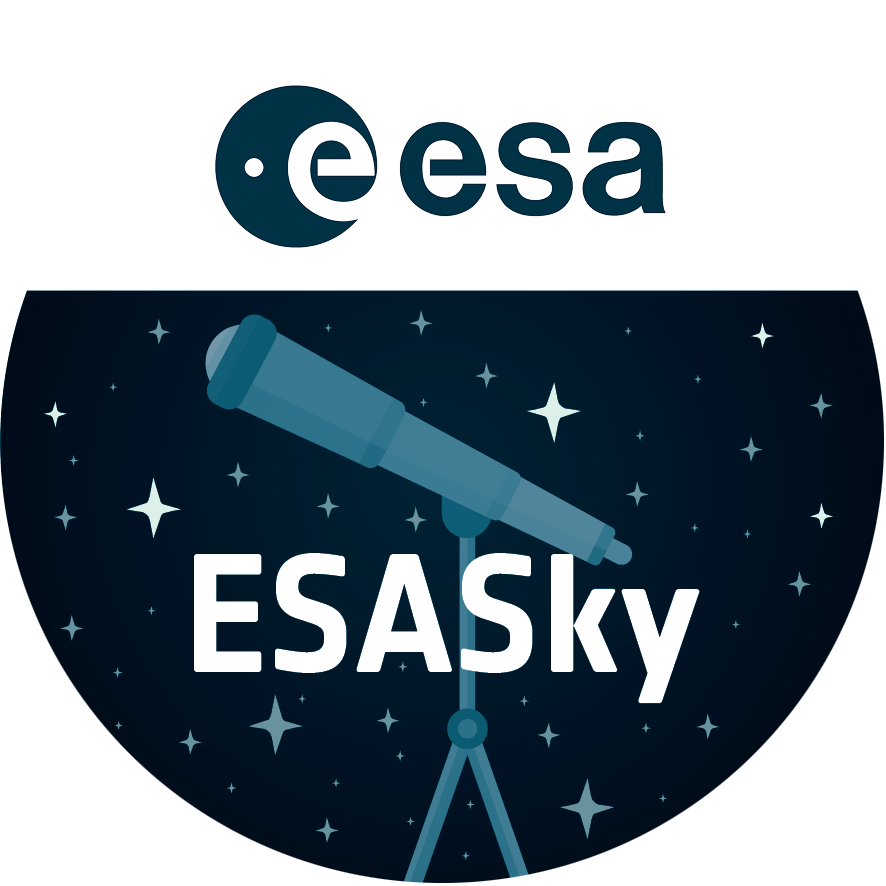A sea of galaxies
While one instrument of Hubble observed the target for its 27th anniversary — the galaxies NGC 4302 and NGC 4298 — another instrument simultaneously observed a nearby patch of the sky. These so-called parallel field observations increase the efficiency of how the telescope is used when making observations.
This specific parallel field shows an area of the sky, awash largely with spiral galaxies like our Milky Way. Most of the prominent galaxies look different only because they are tilted at various orientations with respect to Earth — from edge-on to face-on. A few others are currently interacting or in the process of a merger. The objects with diffraction spikes are foreground stars in our own galaxy.
Credit:NASA, ESA, and M. Mutchler (STScI)
About the Image
| Id: | heic1709b |
|---|---|
| Type: | Observation |
| Release date: | 20 April 2017, 16:00 |
| Related releases: | heic1709 |
| Size: | 4012 x 4023 px |
About the Object
| Name: | NGC 4298, NGC 4302 |
|---|---|
| Type: | Local Universe : Galaxy |
| Constellation: | Coma Berenices |
| Category: | Galaxies |
Image Formats
Classic Wallpapers
Coordinates
| Position (RA): | 12 21 49.16 |
|---|---|
| Position (Dec): | 14° 28' 41.71" |
| Field of view: | 3.34 x 3.35 arcminutes |
| Orientation: | North is 57.6° left of vertical |
Colours & filters
| Band | Wavelength | Telescope |
|---|---|---|
| Optical V | 606 nm |
Hubble Space Telescope
ACS |


